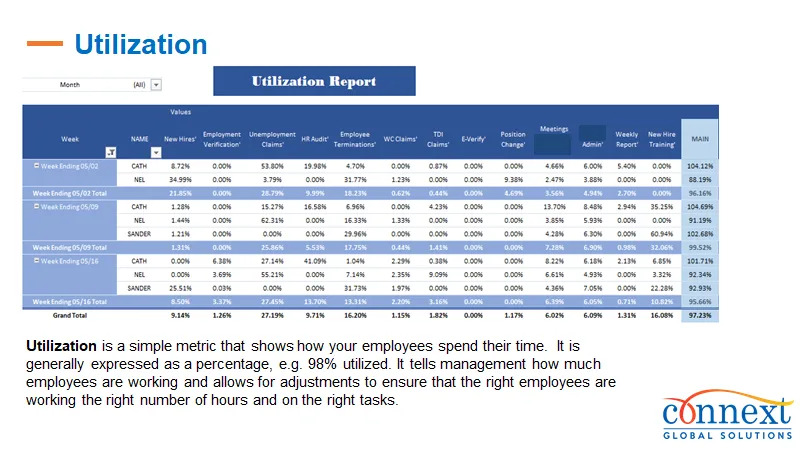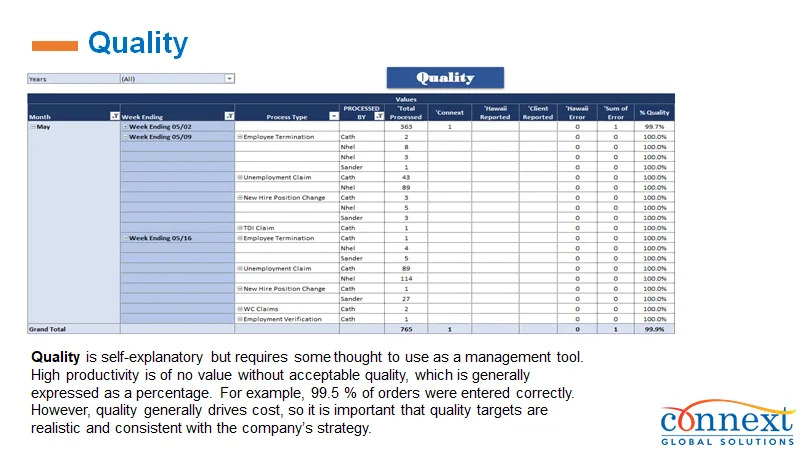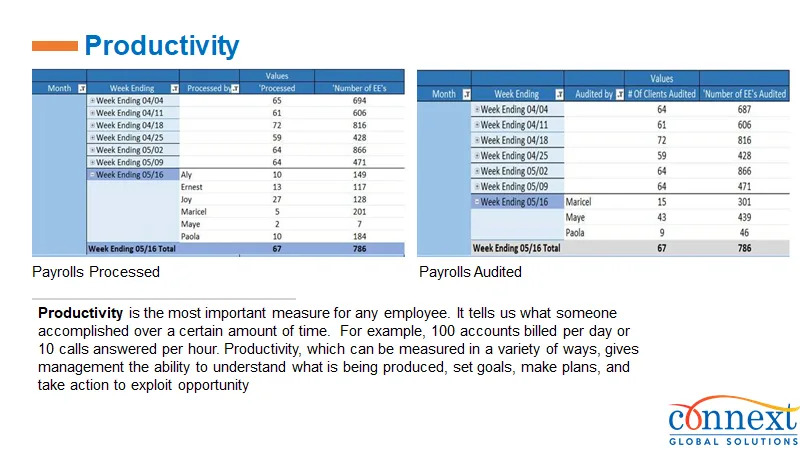Staffing shortages. Rising costs. Burnout.
If your healthcare facility is feeling the strain, you’re not alone. The demand for healthcare services is climbing, but the supply of qualified professionals isn’t keeping up.
The result? Overworked staff, operational bottlenecks, and mounting expenses.
The solution: Healthcare virtual staffing.
Offshore healthcare professionals and virtual assistants offer a cost-effective way to bridge staffing gaps, reduce workloads, and improve efficiency without compromising quality.
This article breaks down how healthcare virtual staffing works, why it’s transforming the industry, and how providers can use it to streamline operations, enhance patient care, and deliver unparalleled customer service.
Why Traditional Healthcare Staffing Models Are Falling Short
Healthcare providers are struggling to keep up with rising patient demand while grappling with staffing shortages and financial pressures. Traditional hiring models can’t scale fast enough to meet evolving needs.
1. The Talent Drought
- The U.S. faces a shortage of nearly 200,000 nurses by 2030 (The Hill).
- A lack of skilled administrative and support staff worsens operational bottlenecks, increasing workload for existing teams.
2. Rising Labor Costs
- Salaries, benefits, and retention programs put financial strain on healthcare providers.
- High turnover leads to ongoing rehiring and training expenses, disrupting operations.
3. Burnout and Turnover
- Overworked staff experience lower morale, decreased productivity and compromised patient care.
- While the results have improved since the COVID-19 pandemic began, more than 40% of healthcare professionals report symptoms of burnout (American Medical Association), further exacerbating staffing shortages.
4. Administrative Burden
- Non-clinical tasks consume valuable time that healthcare professionals could spend on patient care.
- Insurance verification, appointment scheduling, and billing create inefficiencies, slowing down service delivery.
The Bottom Line
Traditional staffing models can’t keep pace with growing healthcare demands. Virtual staffing solutions in healthcare provide a scalable, cost-effective solution, allowing providers to maintain quality care without the strain of workforce shortages and rising costs.
Beyond the Basics: What Healthcare Virtual Staffing Really Offers
Healthcare virtual staffing goes beyond basic administrative tasks. It encompasses a wide range of roles performed remotely by offshore professionals.
Clinical Support
- Virtual Medical Scribes: Reduce documentation workload for doctors.
- Remote Patient Monitoring: Helps manage chronic conditions efficiently.
- Telehealth Support: Assists in virtual consultations and follow-ups.
Administrative & Operations
- Medical Billing and Coding: Ensures accuracy in claims processing.
- Data Entry and Transcription: Improves record-keeping efficiency.
- HR Support: Streamlines hiring and credential verification.
Customer Service
- Patient Inquiries and Follow-Ups: Reduces wait times and enhances engagement.
- Insurance Verification: Ensures faster claim processing.
- 24/7 Support: Improves accessibility for patients.
Specialized Roles
- Healthcare IT Support: Manages electronic health records (EHR) and cybersecurity.
- Data analysis: Supports research and operational improvements.

The Advantages of Healthcare Virtual Staffing
1. Alleviating Burnout & Reducing Workload
Virtual assistants handle repetitive tasks, freeing up doctors and nurses to focus on patient care. Studies show that delegating administrative tasks can significantly reduce provider burnout.
2. Cost Efficiency Without Compromising Quality
Offshore teams deliver high-quality support at a fraction of local staffing costs. Many offshore healthcare professionals hold equivalent certifications and undertake rigorous training just like their onshore counterparts.
3. Enhancing Patient Experience & Retention
Faster response times, 24/7 support, and improved appointment scheduling enhance patient satisfaction and customer retention rates. Efficient pre-visit screenings and follow-ups reduce wait times.
4. Compliance & Data Security: Addressing the Biggest Concerns
Reputable outsourcing firms, like Connext Global Solutions, ensure HIPAA compliance, data protection, and privacy. Secure virtual desktop software, biometric security, and 24/7 IT support safeguard sensitive data.
Who Benefits Most from Healthcare Virtual Staffing?
The advantages of healthcare virtual staffing extend across various healthcare sectors. Whether a large hospital network or an independent practice, virtual support can enhance operational efficiency and patient care.
1. Hospitals & Large Healthcare Providers
- Streamlines multi-department operations.
- Supports telehealth and remote patient monitoring.
- Reduces administrative burden on in-house teams, improving workflow efficiency.
2. Small Clinics & Independent Practitioners
- Provides cost-effective staffing solutions without overhead costs.
- Offers personalized support tailored to medical practice needs.
- Expands service availability, allowing for better patient engagement.
3. Specialty Healthcare Services
- Dental, vision, behavioral health, and more benefit from tailored virtual assistant roles.
- Improves operational efficiency in niche medical fields.
- Allows specialists to focus on core patient services rather than administrative tasks.
Healthcare virtual staffing empowers healthcare facilities to optimize their operations. With the right support, providers can redirect their focus to delivering high-quality patient care while maintaining financial sustainability.
Selecting the right virtual staffing provider is key to ensuring success. Here’s what to look for.
Choosing the Right Healthcare Virtual Staffing Provider
Key Considerations
- Proven Healthcare Expertise: Experience in healthcare outsourcing ensures familiarity with industry-specific workflows and compliance requirements.
- Security & Compliance: HIPAA-compliant data handling and strict security protocols safeguard patient information.
- Robust Technology Infrastructure: Reliable communication and workflow systems enable seamless integration.
- Scalability & Flexibility: Ability to scale services as your practice grows, ensuring long-term efficiency.
Once you’ve chosen the right provider, how do you seamlessly integrate virtual staff into your healthcare practice? Let’s walk through the process.

How to Integrate Virtual Staff Into Your Healthcare Practice
Step 1: Identify Your Needs and Goals
- Define the tasks or roles to be outsourced and the desired outcomes.
Step 2: Choose the Right Partner
- Select a reputable outsourcing firm with healthcare expertise, like Connext Global Solutions.
- Consider security protocols, compliance measures, and communication infrastructure.
Step 3: Define Roles and Responsibilities
- Create clear job descriptions and expectations.
Step 4: Establish Communication and Collaboration Channels
- Implement technology for seamless interaction (e.g., Slack, Microsoft Teams, EHR systems).
Step 5: Onboard and Train
- Develop a comprehensive training program to ensure alignment with practice workflows.
Step 6: Monitor Performance and Optimize
- Implement key performance indicators (KPIs) and regular feedback mechanisms.
By following these steps, healthcare providers can ensure a smooth transition to virtual staffing while maximizing efficiency and patient satisfaction.
Conclusion
Healthcare virtual staffing provides a cost-effective, scalable, and secure solution to modern staffing challenges. By integrating offshore healthcare professionals into daily operations, providers can streamline workflows, reduce costs, and enhance patient care.
Key Benefits:
- Reduces Workload and Prevents Burnout: Virtual assistants handle administrative tasks, allowing healthcare professionals to focus on patient care.
- Cuts Costs Without Compromising Quality: Access highly skilled professionals at a fraction of the cost of in-house staff.
- Improves Patient Experience: Faster response times, streamlined scheduling, and better engagement lead to higher satisfaction.
- Ensures Compliance and Security: HIPAA-compliant processes and advanced security measures protect patient data.
As the healthcare industry continues to evolve, virtual staffing offers a strategic advantage for providers looking to optimize operations and improve care delivery.
Explore the possibilities of virtual staffing today. Contact Connext Global Solutions and learn how offshore healthcare professionals can support your practice.
FAQs on Healthcare Virtual Staffing
It frees up healthcare professionals from administrative tasks, allowing them to focus more on patients.
Virtual staffing reduces overhead costs by eliminating expenses such as benefits, office space, and equipment, making it a cost-efficient alternative.
Yes, many offshore professionals have specialized training and certifications in fields like medical coding, billing, and telehealth support.
Roles include medical billing and coding, patient scheduling, virtual medical scribes, remote patient monitoring, and healthcare IT support.
Yes. Reputable providers use secure virtual desktop software, biometric security, and IT monitoring to ensure compliance.
Connext uses secure virtual desktop software, biometric security, 24/7 IT support, and conducts thorough background checks.
We emphasize clear communication protocols, utilize collaboration tools, and ensure our staff has strong English language skills. Bilingual staff are available if needed.
Clear job roles, structured onboarding, and regular communication are key to the seamless integration of your virtual assistants into your medical practice.









